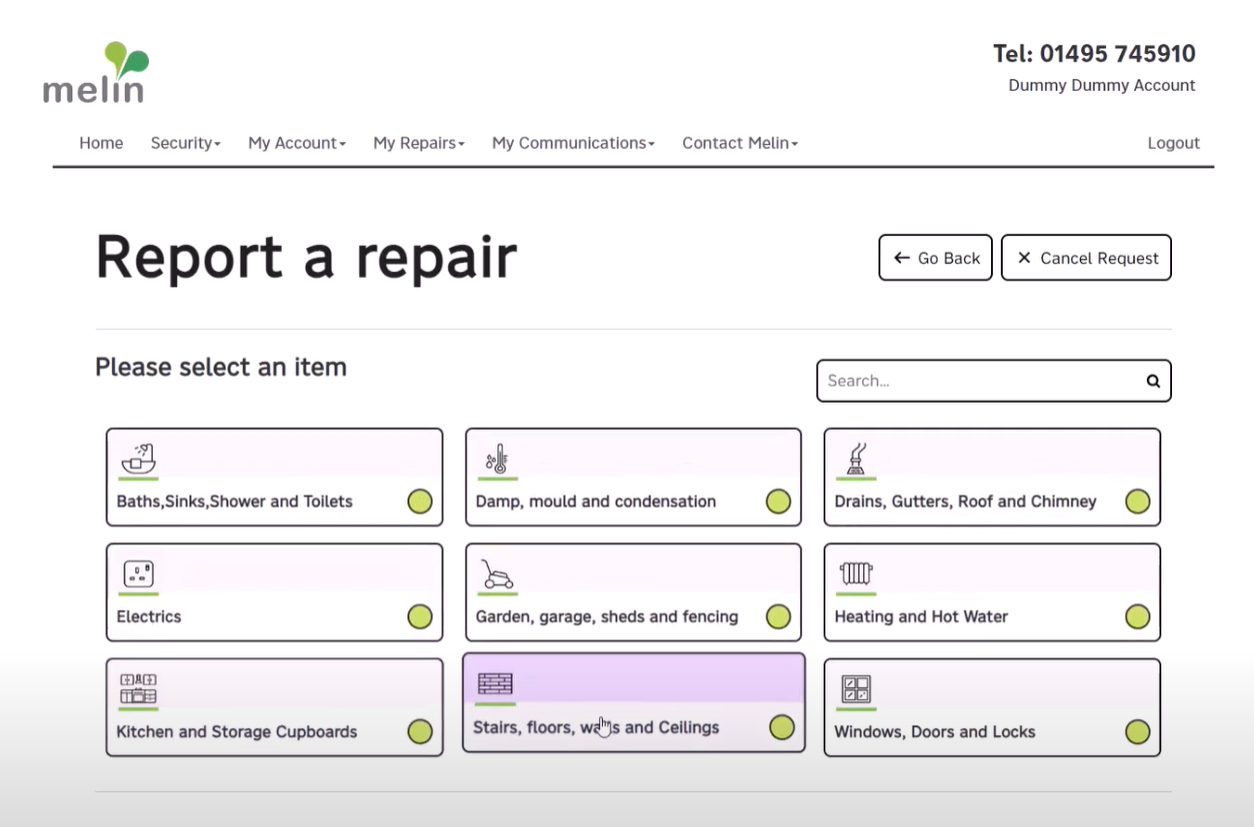25 May, 2012
More people turn to the web
More people turn to the web. The dilemma faced up and down the UK is ever-reducing budgets and rising customer demands. It is imperative to find ways to reduce costs without harming customer satisfaction. One such way is for housing organisations to make themselves easily available to their customers in our multi-channel world.
Initial challenges with contact centres have been overcome with the use of intelligent scripting, empowering front line advisors with the knowledge of the experts. However, housing organisations not investing in delivering an equivalent service through their websites are missing a trick. The technology is now readily available to allow self-service over the internet, ensuring customers continue to receive an equally consistent, high-quality service like they do using a contact centre.
With internet usage increasing UK wide, even across the social housing sector, this is no longer a feature that housing organisations can afford to ignore. It is estimated that at least half of social housing residents have internet access, either at a local library, a friend’s house or have their own connection. Recent research by Bromford Housing Group suggested over 81 per cent of their customers have access to the internet! A key finding in a recent CFI Group report identified the shift to self-service, particularly via the web. They found that in 2011, 27% of respondents had tried to resolve their issues elsewhere prior to resorting to calling a contact centre. This percentage is increasing.
When considering the impact from a financial perspective, housing organisations using their websites purely as a brochure, rather than a fully interactive platform will be facing higher servicing costs and declining customer satisfaction levels. For example, every repair reported on the website (using the same intelligent scripting the contact centre relies on) frees up a contact centre advisor. Depending on the balance shift, in the beginning this means the likelihood of reduced call waiting times for customers, and allows advisors to concentrate on more complex problems. However, in the long term, as customers change their behaviour and realise they can use the self-service facility at a time convenient for them, day or night, it will result in significantly lower call volumes and costs. A self-service transaction can be 80% cheaper than one dealt with by your own staff and this cost saving is available without impacting on customer satisfaction.
The Keyfax Inter•View package provides a multi-channel solution to housing organisations, where a customer service representative at a local office, a contact centre advisor, and a resident self-serving online are all looking at the same information and guidance. The result is an efficient customer service system across the entire organisation.





